One of the things I miss most about living in the UK is its visual history. Growing up there was a time-travelling adventure – never far from a castle, stately home, strange mound in the ground or stone circle. Here in Australia, I recently bushwalked all around Sydney’s southern Middle Harbour, enjoying its leafy foreshore tracks, mangroves, sandbanks and creeks, all the way from Spit Bridge deep into Garigal National Park. I adore the bush! It was very beautiful.
But there’s nothing like being engulfed by the magnitude of time, as when exploring the past through the presence of ancient built structures and the written histories of those who lived there.
Which is why, when I was reading English at university and working at a newspaper in my summer holidays, I wrote a double-page spread on the literary history of my childhood home of Bournemouth, a resort town on England’s south coast. Here’s one of the pages…
My excuse was reporting on the release of Mary Shelley’s Frankenstein (directed by Kenneth Branagh, 1994), which was significant because Mary Shelley is buried in Bournemouth. But, really, I simply wanted to share my passion for time-travelling and to inspire readers to explore the history around them. This January, I arranged to retrace my steps…
Such as to the graveyard in St Peter’s Church on Hinton Road, where anyone can easily find Mary Shelley’s headstone. Her mother (the pioneer feminist Mary Wollstonecraft, author of Vindication of the Rights of Women) is also buried there, as is her father (the anarchist thinker William Godwin, Enquiry Concerning Political Justice), the heart of her poet husband Percy Bysshe Shelley, her son Percy Florence Shelley (who was a playwright) and his wife Jane Shelley.
Percy Florence Shelley also lived for 40 years on Beechwood Avenue in Boscombe (a suburb of Bournemouth), where he built his own private theatre.
And the Shelleys weren’t the only writers to live in Bournemouth. At the turn of the century, its supposedly healthy environment enjoyed such a fine reputation that many writers visited or settled there.
Robert Louis Stevenson brought his talents to a house in Alum Chine between April 1885 and August 1887, in an attempt to alleviate the pains of his tuberculosis. Although he likened his life to that of “a pallid weevil in a biscuit”, this was his most productive phase, and he wrote A Child’s Garden of Verse, Prince Otto, Kidnapped, and The Strange Case of Dr Jekyll and Mr Hyde while there. Unfortunately, his home, Skerryvore House, was destroyed by a bomb during World War II, but a garden of remembrance was constructed out of the remains.
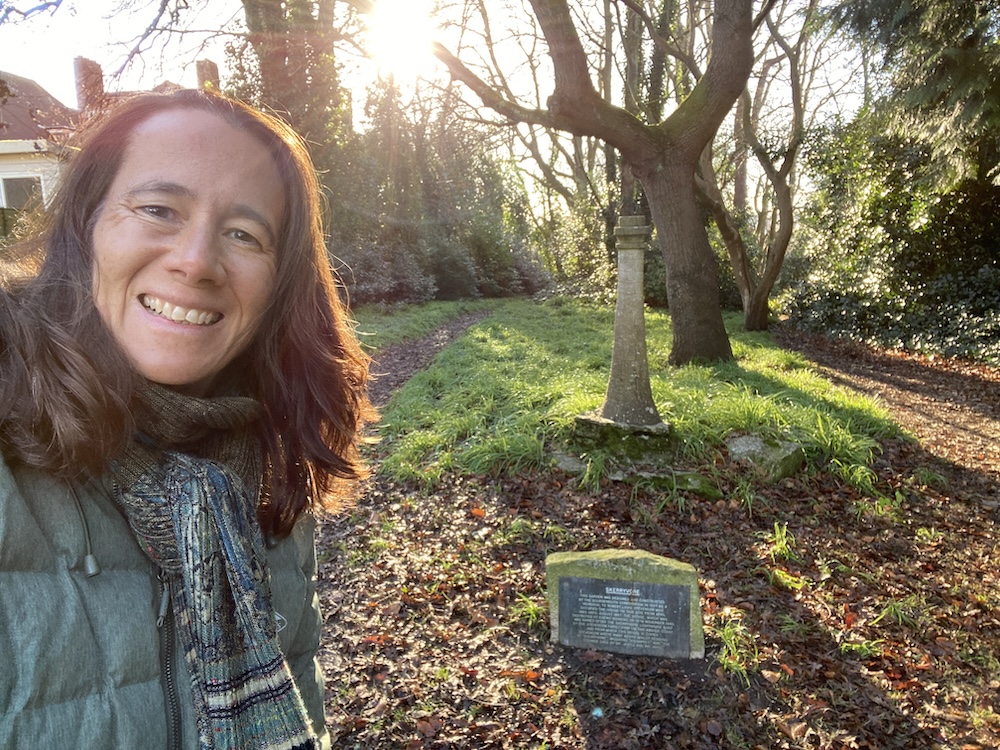
Stevenson’s literary friend Henry James also liked Bournemouth, and continued to visit the Royal Bath Hotel on the town’s seafront even after Stevenson’s death in 1894. It was here that he finished What Masie Knew in 1897.
Oscar Wilde, J. B. Priestly, Disraeli, and D. H. Lawrence also all stayed at the Royal Bath for varying lengths of time, and it is known that D. H. Lawrence wrote part of The Trespassers on a visit.
Author of The Hobbit and The Lord of the Rings J. R. R. Tolkien preferred the Miramar Hotel, where he stayed regularly in Room 37 from the 1950s until 1972.
The serene sea view of his study would undoubtedly have been a distraction in many an idle moment!
Back when I was researching all this, an employee still remembered the writer, and how Tolkien went for long walks along the cliffs with his wife Edith.
A plaque was erected on the outside of the hotel in his memory.
J B Priestly saw a different side to Bournemouth when he visited for a time in June 1941. Although, like many others, he enjoyed the resort as an escape from World War II, he felt that the town was not doing enough to help Blitz victims who might also enjoy its relative opulence.
I once lived in a road called Iford Lane, which also had a literary claim to fame, since it was there that the banned works of Tolstoy were first printed by the Free Age Press, established at the Old Waterworks by Count Vladimir Tchertkov. The Old Waterworks have now been converted into residential accommodation, but a commemorative plaque remains on a wall.
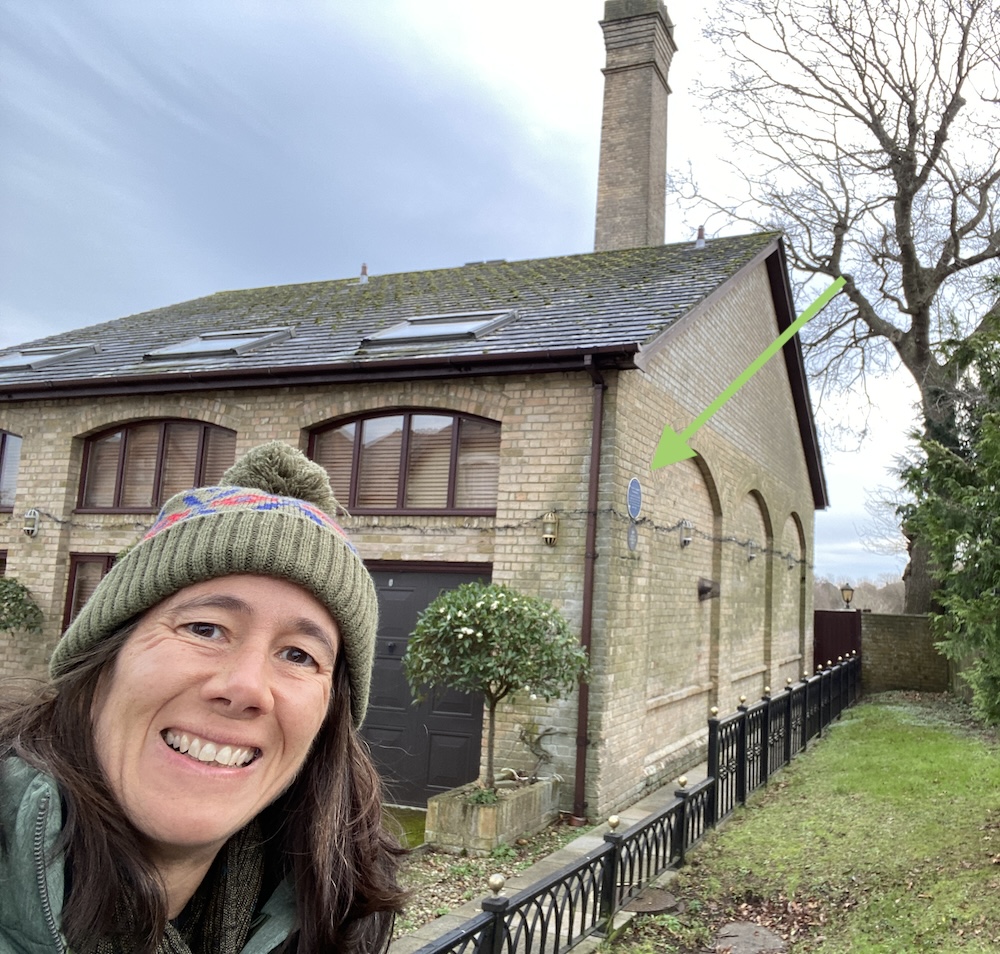
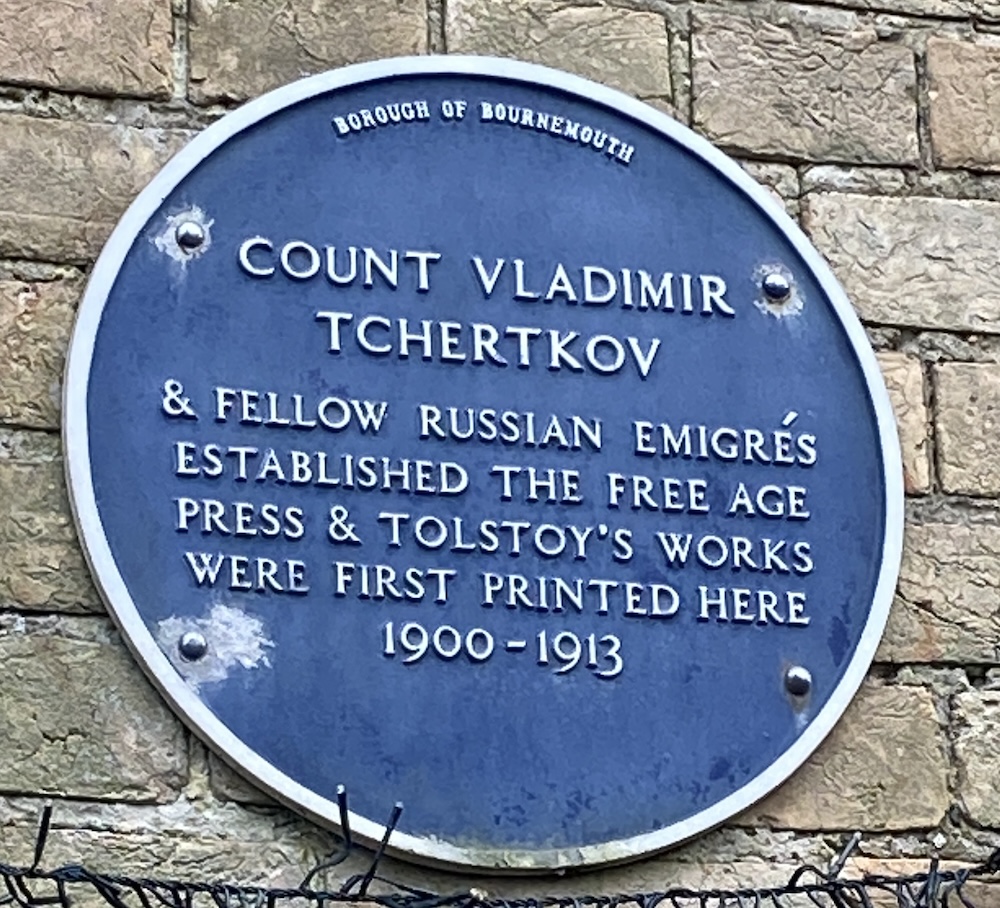
Finally, the young John Galsworthy, author of The Forsyte Saga, attended the Saugreen prep school in Bournemouth (now the Bay Majestic Hotel) between 1876 and 1881, and was a member of the choir at St Swithun’s Church on Gervis Road. Strangely enough, I also sang in the choir at St Swithun’s Church when I was a child.
So, the inspirational coastline of my youth was more than “a fashionable watering place” that served as “a Mediterranean lounging place on the English Channel” for Thomas Hardy’s Tess of the D’Urbervilles. It was my childhood home, and a place of inspiration to which I will always enjoy returning.







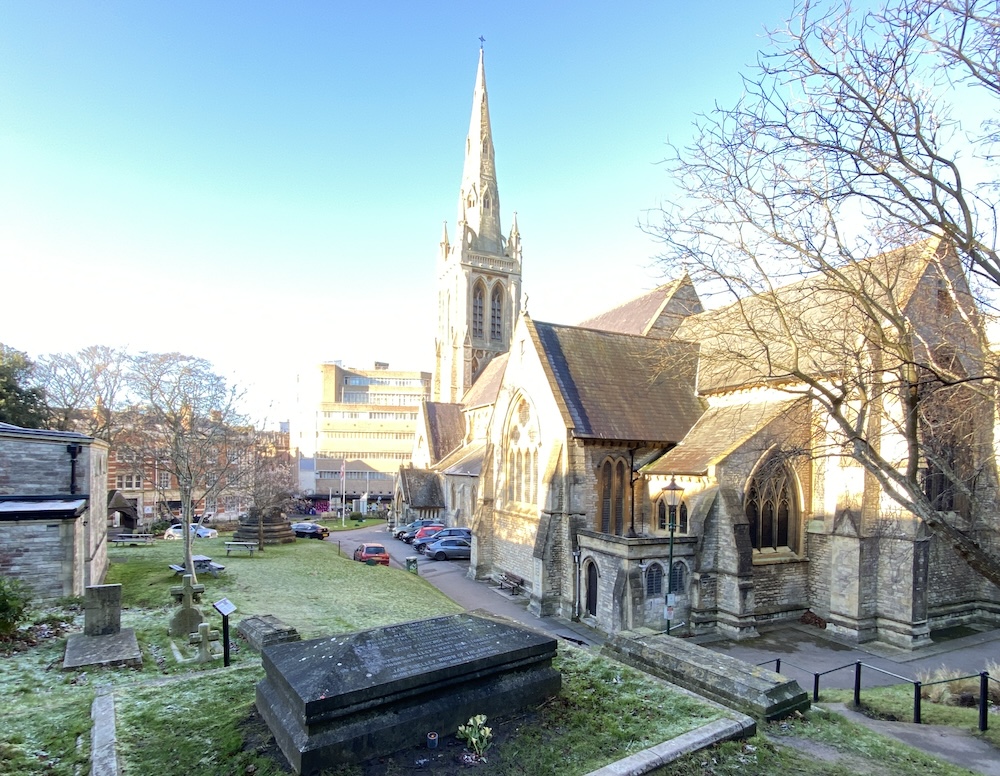
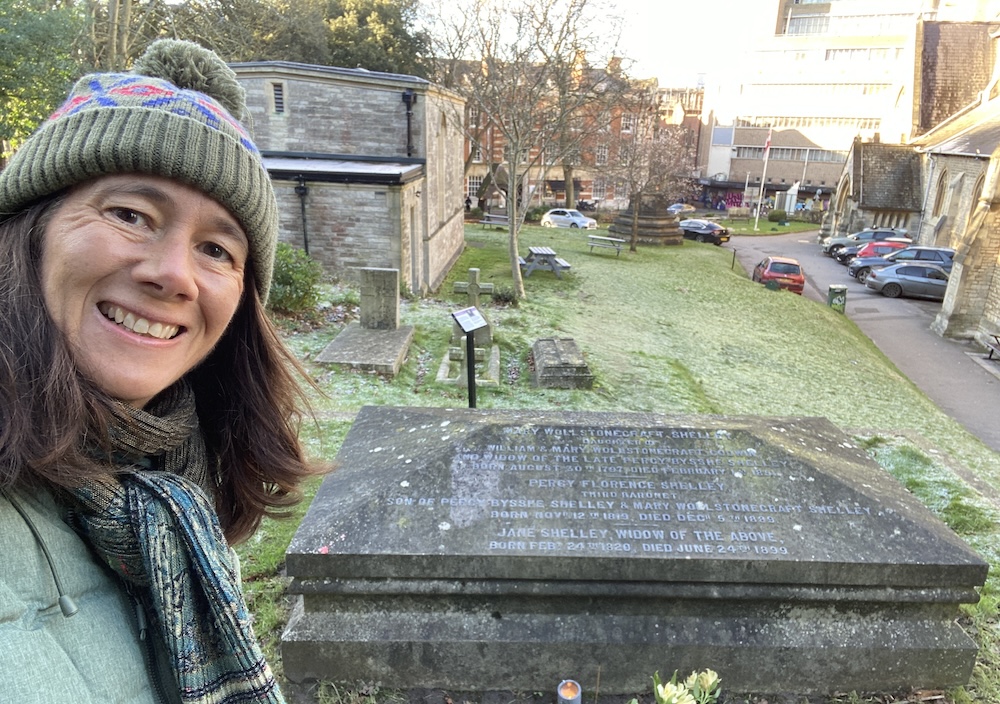
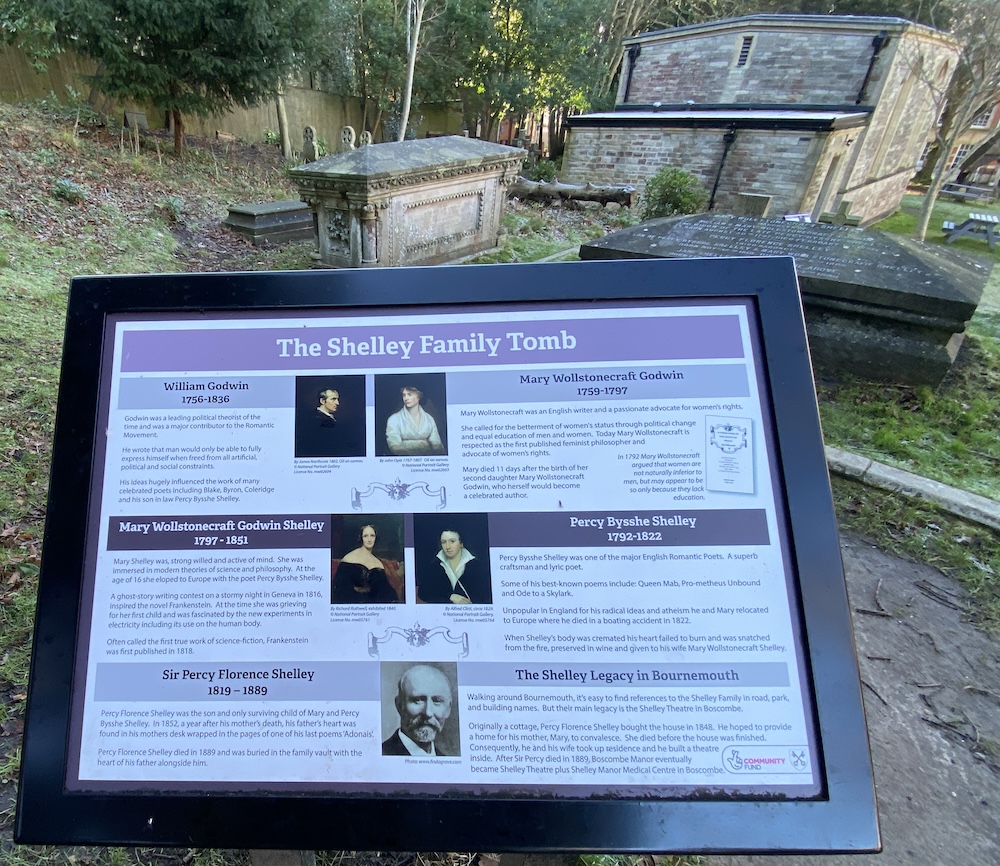
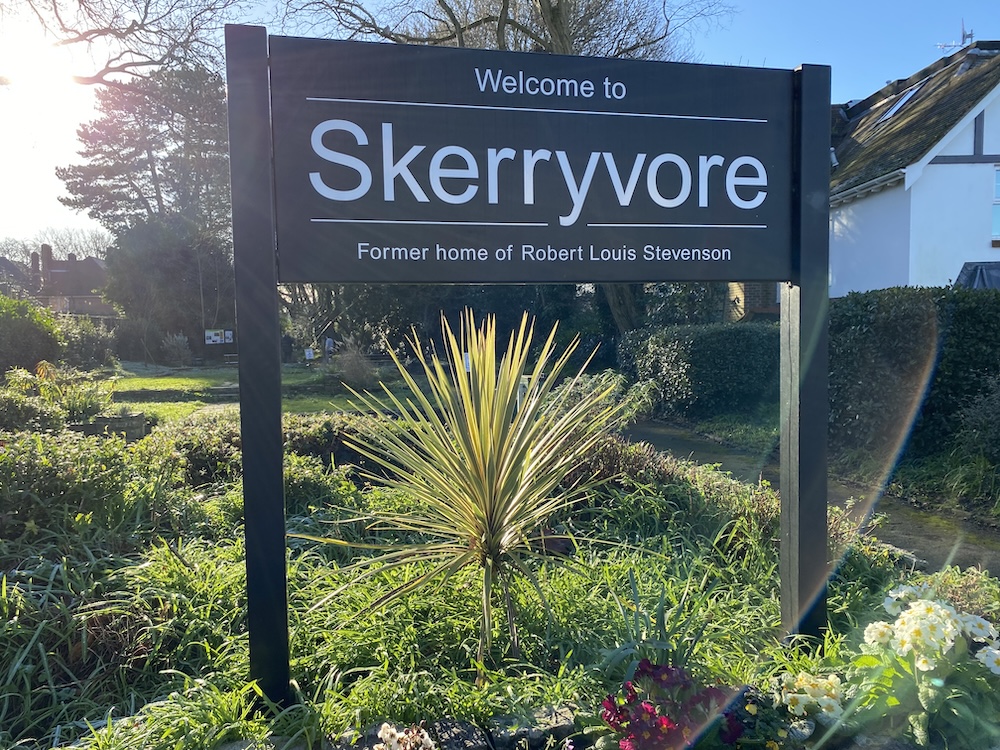
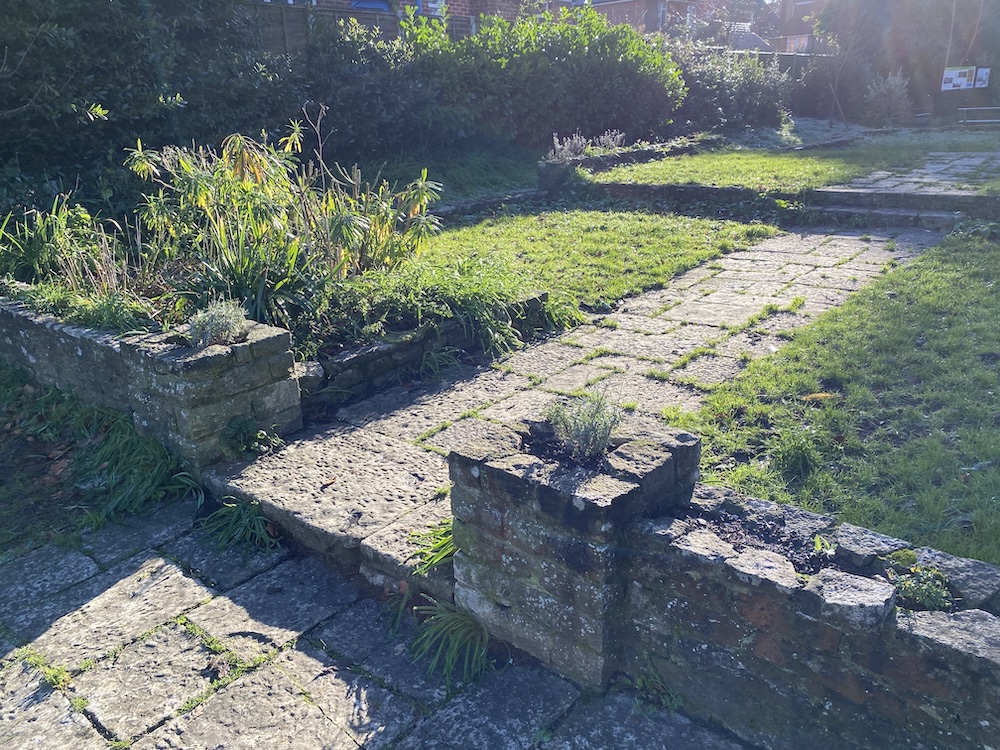
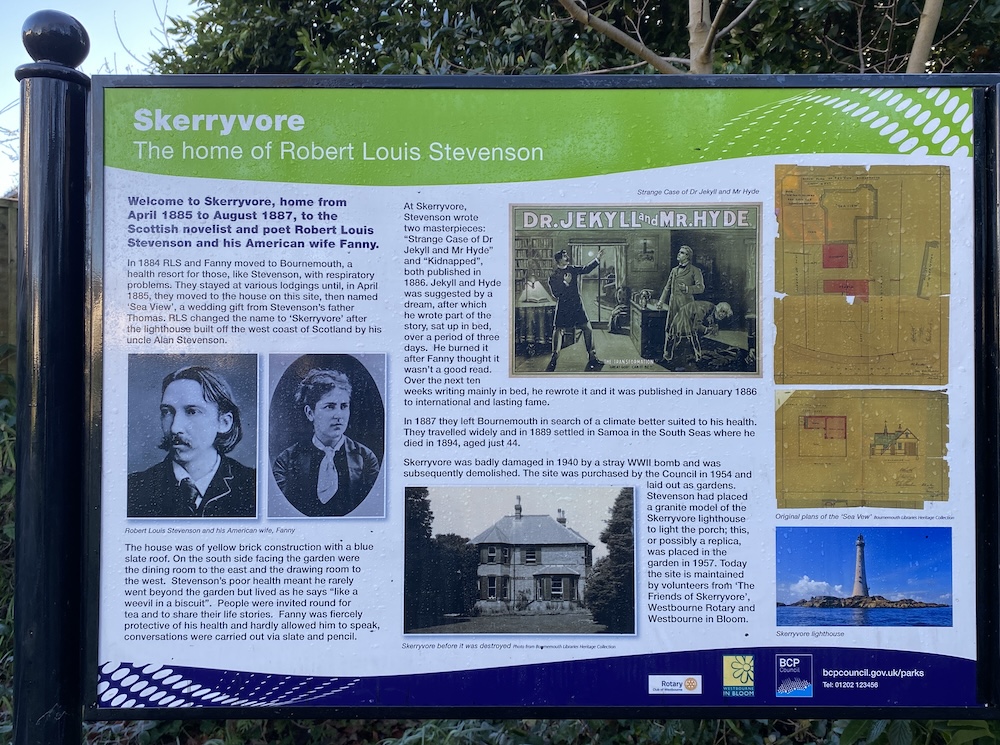
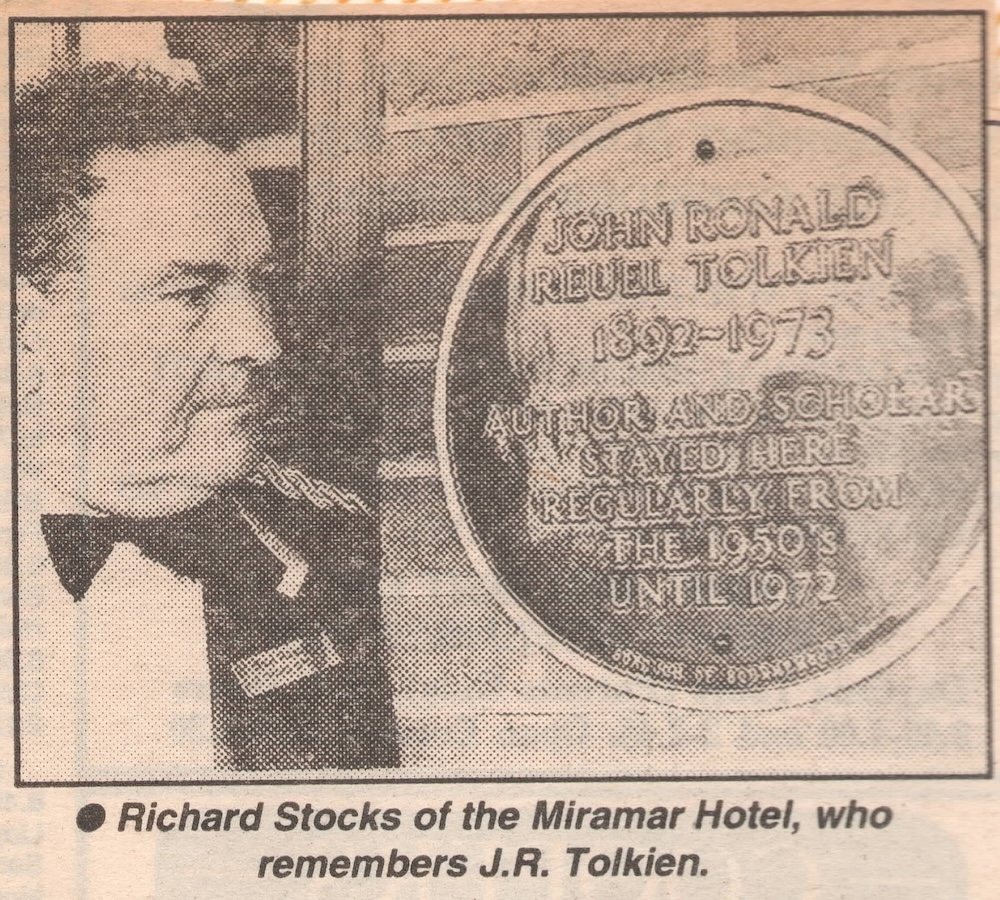
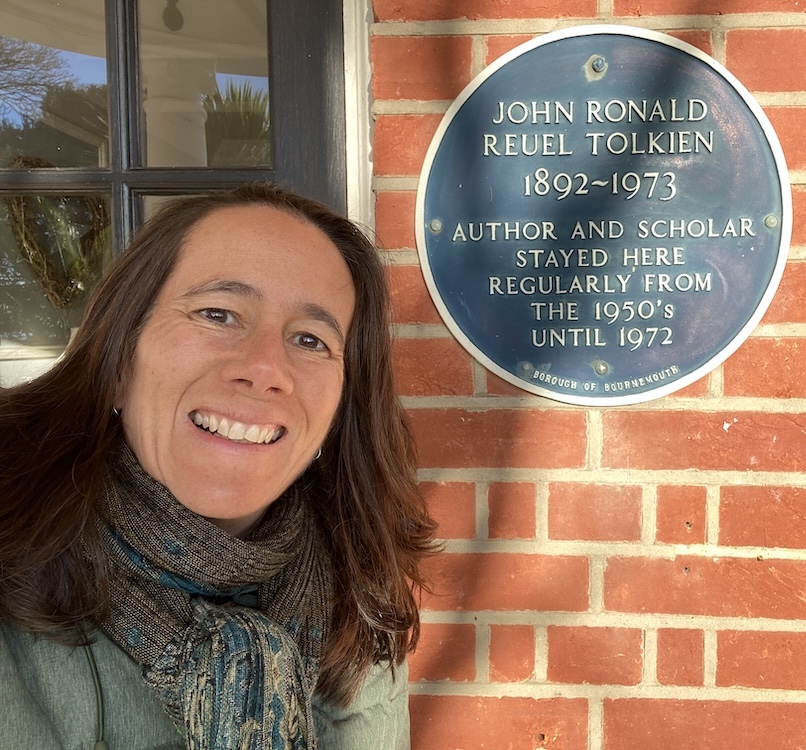
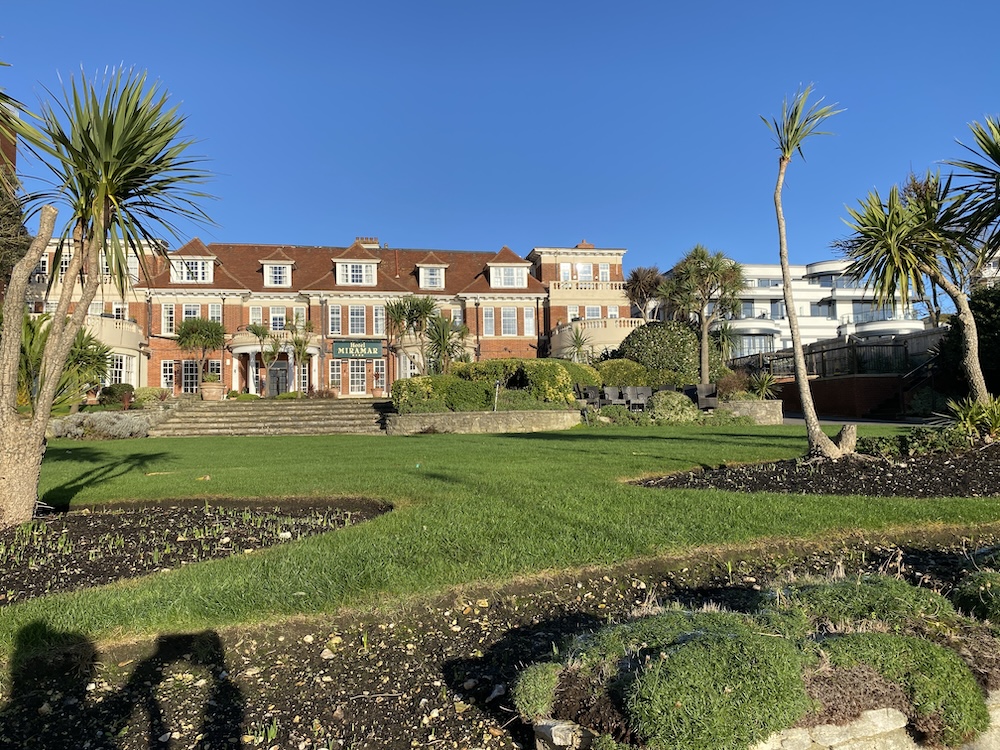
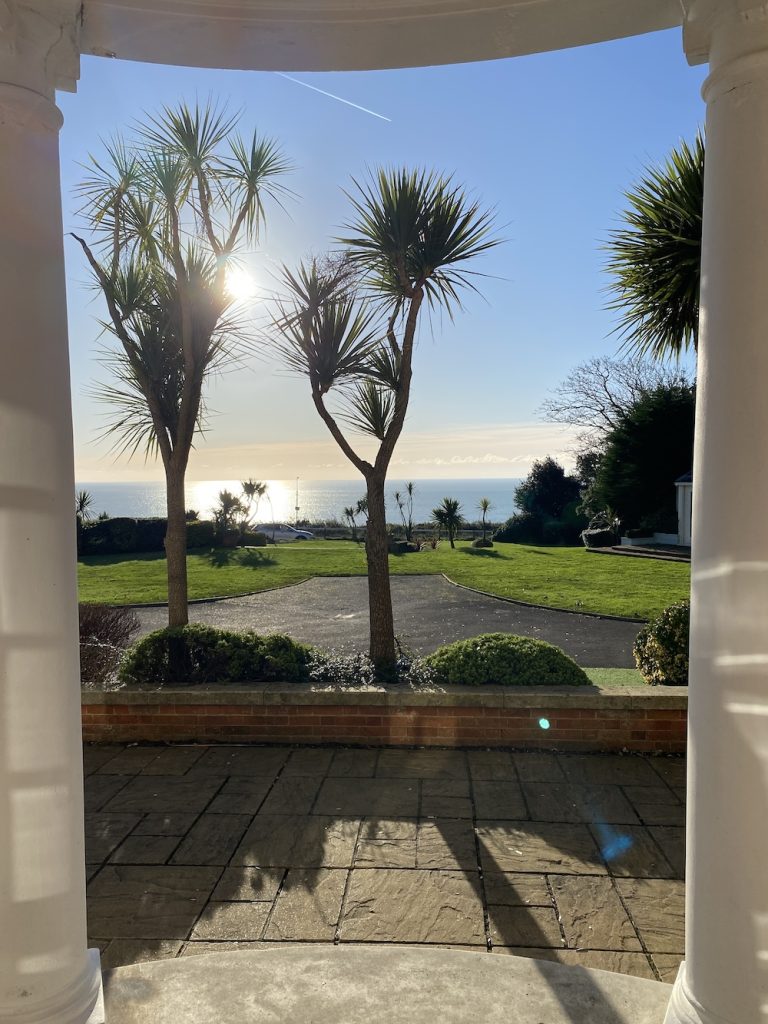
Beautiful read
Loved the writing filled with personal memories that intertwine with the rich literary history of your hometown, Zena!
And the photos were the sublime cherry on top of a very yummy ice cream of a read!
Lots of love,
Maggie
Shucks, thanks so much for reading, Maggie, and for taking the time to drop me a comment. I appreciate the time that takes. You rock!